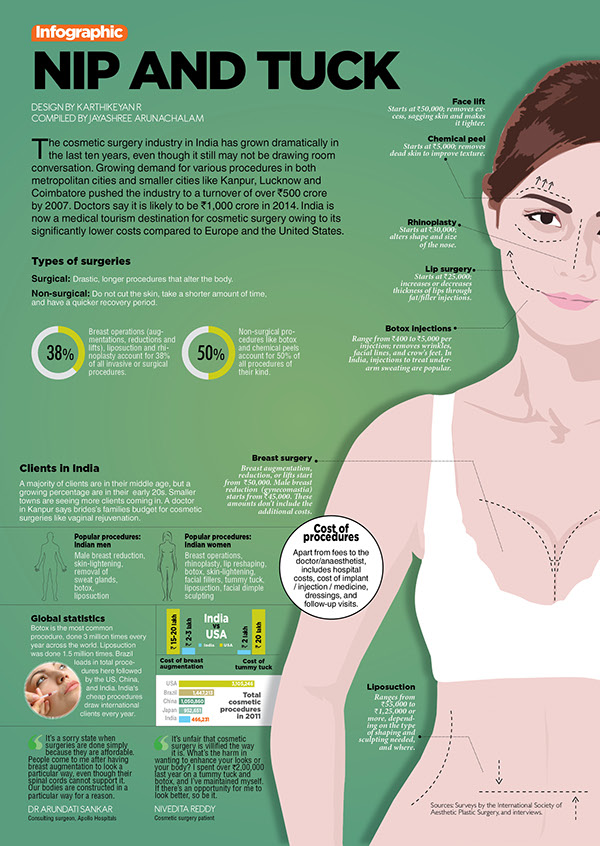Natural Alternatives To Benzoyl Peroxide
Natural Alternatives To Benzoyl Peroxide
Blog Article
Sources of Acne on Cheeks
Acne outbreaks in the cheek location are set off by many points, from touching your face often to not changing your pillow case commonly enough. Picking at imperfections boosts your risk of infection and scarring, and particular drugs can get worse dark areas (postinflammatory hyperpigmentation).
Thankfully, there are numerous methods to avoid and treat cheek acne. These include:
1. Hormonal Changes
Acne is mostly caused by hormones, especially those produced during puberty and maternity. For some, a family history of acne might additionally add to their problem. Anything that blocks pores, such as oil-based skin care products or waxy hair products, can trigger acne. Various topical therapies, like benzoyl peroxide and salicylic acid, can deal with microorganisms and unclog pores. Those with serious or chronic acne ought to seek treatment from their doctor.
Avoid touching or pressing your acne, as this can press a few of the germs deeper into the skin, leading to a more extreme outbreak. It is additionally crucial to alter pillowcases routinely and use tidy make-up brushes. You must likewise try to avoid toxic irritants such as rubbing from using a safety helmet or tight collar.
2. Diet
The oily, sweet foods that lots of people think trigger acne may in fact refrain from doing so. As a matter of fact, studies have actually revealed that eating a diet rich in whole, nutrient-dense foods aids to avoid breakouts.
Foods high in the glycemic index (such as white bread, corn flakes, puffed rice and potatoes, doughnuts and various other breads) increase blood sugar degrees swiftly, and this can enhance hormones that enhance oil manufacturing and result in acne.
Drinking cow's milk has actually likewise been linked to raised acne outbreaks. If you are a routine cow's milk enthusiast, you may wish to attempt changing to low-fat or nondairy alternatives that are fortified with calcium. Furthermore, consuming more water can aid to minimize acne because it aids to maintain the skin hydrated.
3. Excess Oil
While oil is important for healthy and balanced skin, it can end up being a problem when way too much sebum blends with dead skin cells and blocks pores. This mix can produce blackheads, whiteheads and pimples. The obstructed pore wall can break down and spill bacteria, dead skin cells and sebum right into surrounding skin. This causes a red bump referred to as a pimple. Occasionally these red bumps have pus in the center from a bacterial infection. Bigger infected bumps that resemble acne are called cysts.
There are numerous points that can trigger excess sebum and clogged pores, consisting of hormone variations, diet and day-to-day routines. Some examples consist of touching the face frequently, relaxing your hand on your cheek, using filthy makeup brushes and not changing pillow cases frequently.
4. Stress
If you're managing throbbing acnes or a multitude of blackheads and whiteheads, it may be time to lip injections near me speak to a dermatologist. They can suggest an effective therapy that suits your skin kind. Practicing leisure and stress-reduction techniques also assists.
Acne can occur in the cheeks because of friction and stress, such as when a person touches their face regularly or wears a hat or sporting activities helmet that rubs versus the skin. It can also show up where greasy cosmetics and lotions rub versus the skin.
Avoid squeezing acne, as this can press contaminated material deeper right into the skin and result in scarring. Rather, see a doctor to discover preventative treatments like drug, skin care items and way of living modifications. Consuming a healthy diet of entire foods, obtaining seven to 9 hours of sleep and utilizing noncomedogenic make-up and skincare products can all help in reducing acne breakouts.
5. Hair Products
Hair items are not typically considered a cause of breakouts, yet they can contribute to acne on the cheeks in some people. Pomade acne, which is identified by small shut comedones and papulopustules, is generally caused by making use of oily hair items that contain comedogenic components such as particular oils and acetylated lanolin.
Choosing hair products that do not contain these potentially comedogenic active ingredients is an essential action toward reducing outbreaks. Additionally, guaranteeing that hair items aren't coming in contact with the skin can assist protect against breakouts. For instance, using a headscarf or bonnet at night can restrict hair-to-face contact and decrease the probability that leave-in hair items will rub off onto the face.
In addition to utilizing a non-comedogenic cream and washing with an acne face wash, other handy strategies include: